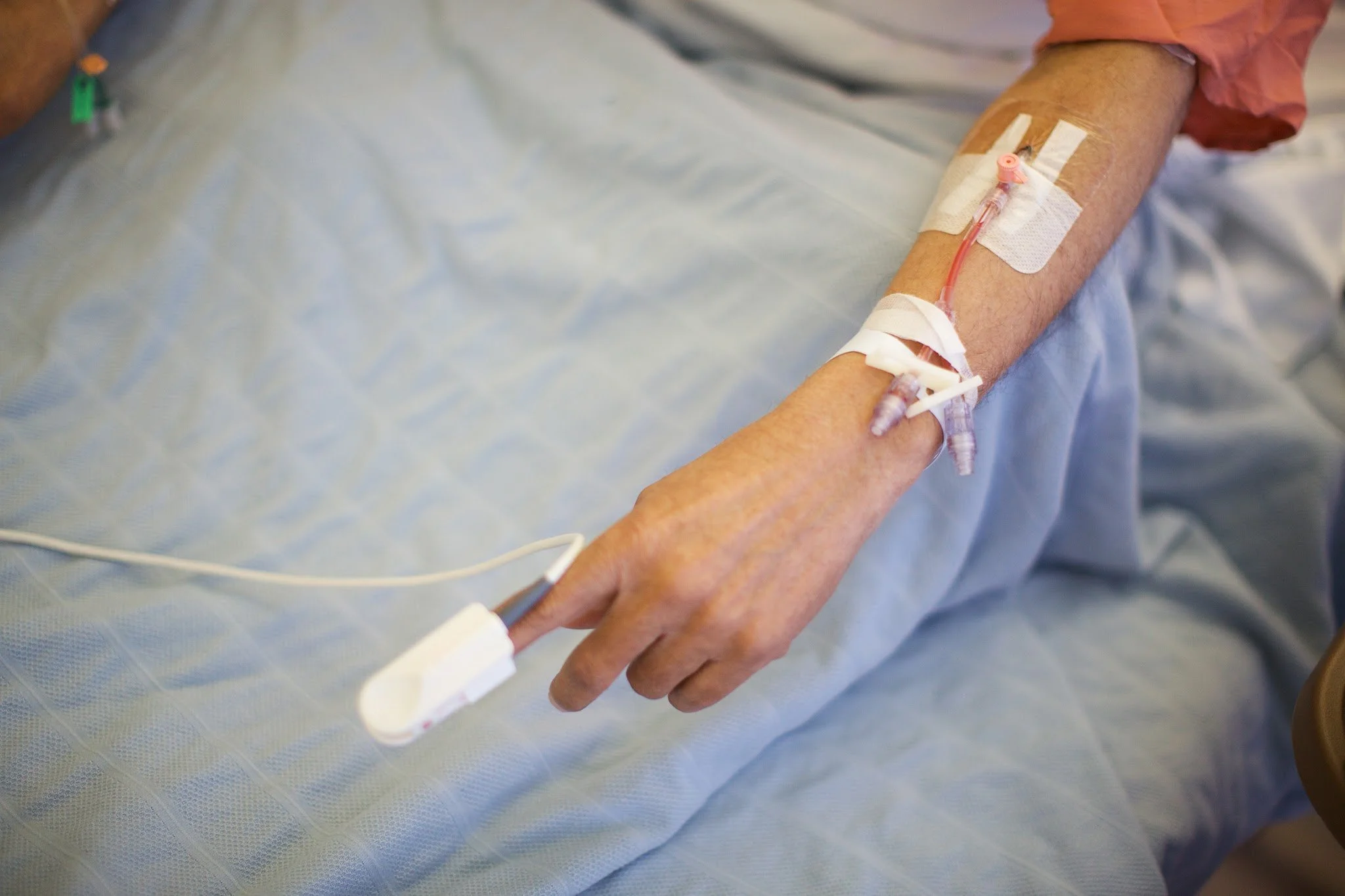Product concepting
End-to-end research, co-creation, & concept development for a core device
USA
2018
Peripheral IV catheters (PIVCs), used for vascular access, are among the most commonly used medical devices in the world, but they’re also frequently flawed. A global medtech company sought to reimagine its core catheter platform, aiming to improve reliability, safety, and clinician confidence while exploring opportunities for added value in workflow, diagnostics, and patient comfort.
The challenge was twofold: deeply understand the lived realities of current PIVC use, and develop a roadmap for where the product could go next, grounded in insight, feasibility, and long-term potential.
Approach
We began with in-depth ethnographic research across adult and pediatric settings, spanning departments, roles, and hospital types. Our team conducted contextual interviews and fly-on-the-wall observation inside hospitals to map not just procedures, but attitudes, workarounds, and gaps across the full catheter journey, from insertion to access to removal.
Following synthesis and stakeholder shareout, we facilitated co-creation with a cross-disciplinary team of designers, engineers, and strategists. From there, we refined our concept mix and tested features through storyboard-based usability sessions, leading to a prioritized direction.
Core methods included:
Clinical ethnography + contextual interviews
Co-creation and concept generation
Concept prioritization using a Pugh Matrix (desirability, feasibility, viability framework)
Quantitative validation via conjoint analysis
Key Insights
Technique, standards, and outcomes vary wildly across clinicians—even within the same hospital. Some observed practices were unsanitary or deeply misaligned with protocol.
Multiple failed sticks can compromise long-term vascular access, especially in pediatric patients
Blood sampling via PIVC is often avoided due to reliability concerns—yet is a high-value use case
Concepts ranged from infection detection to improved stabilization to assisted access—highlighting the importance of clinical trust and modularity
Impact
The work led to multiple downstream product workstreams, including:
A concept supporting a “one-stick” access approach for both catheter placement and blood sampling
A device enhancement enabling sterile field preservation throughout placement
A roadmap framework for how core and adjacent concepts could be sequenced and developed with stepwise capability build
Clarity around technical feasibility and market desirability, thanks to tight collaboration with engineering and quantitative research teams
The project bridged front-line clinical reality with innovation planning—setting up the client to act with both vision and confidence.

